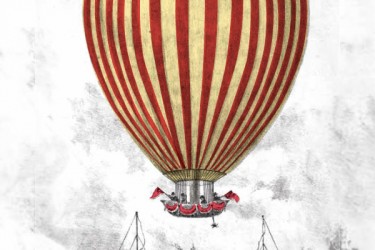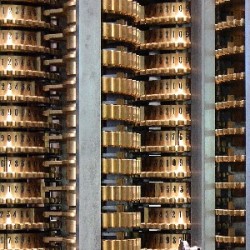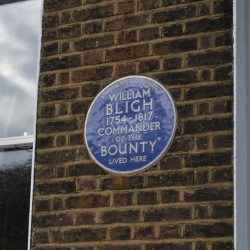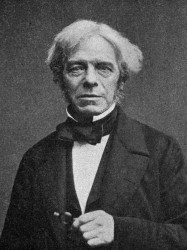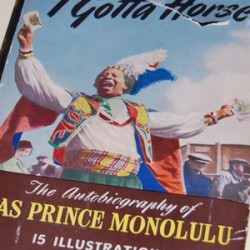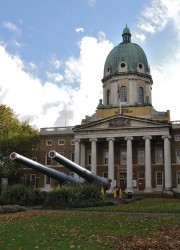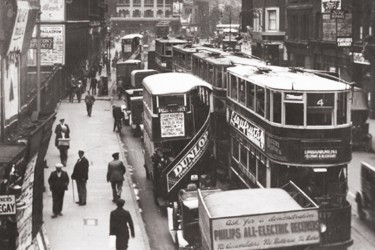The history of the women’s suffrage movement is long and complicated. An act of Parliament explicitly banned women from voting in 1832 and, as the century wore on, an increasing number of organisations started to agitate for the right to vote. Many were small and localised but others had national reach. But even the larger groups often split on matters of policy or personality.
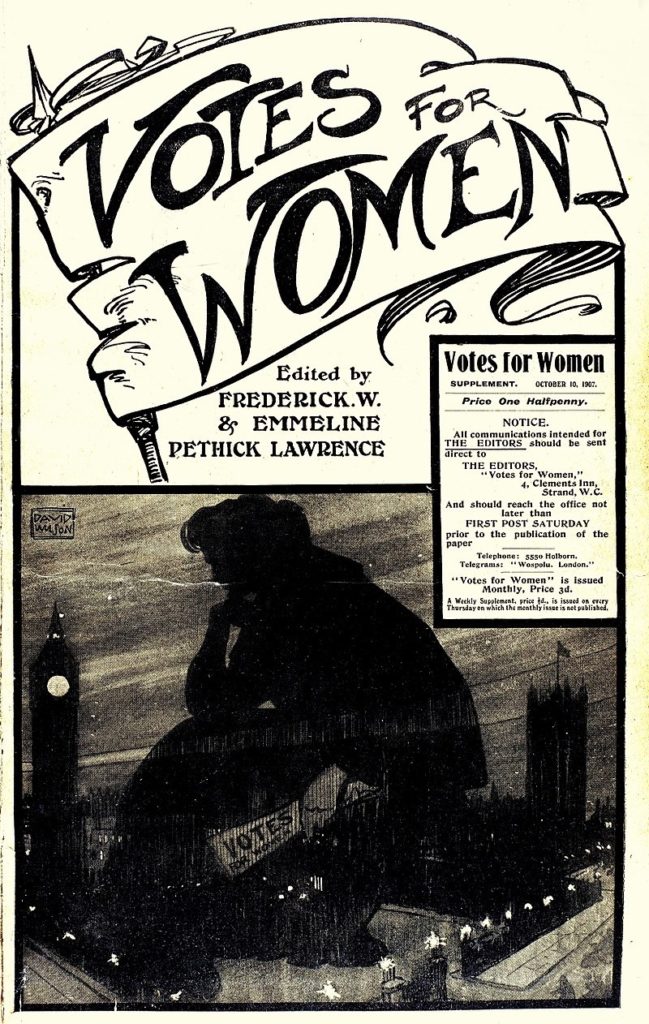
In 1897 a group of activists, led by Millicent Fawcett, founded the National Union of Women’s Suffrage Societies (NUWSS) one of the first broad-based national suffrage organisations. The NUWSS focused on non-violent constitutional means of enacting change – educating the public, putting pressure on MPs and introducing bills to give women the vote.
A group of members, led by Emmeline Pankhurst and her daughters Christabel and Sylvia, broke away from the NUWSS in 1903 in protest at its lack of progress. They formed their own organisation, the Women’s Social and Political Union, and advocated direct action to force the government’s hand. Their methods became increasingly violent with demonstrations eventually escalating into window-smashing and arson attacks.
As a consequence, a third group of dissidents created the United Suffragists (US) in February 1914 and went on to establish the United Suffragists Women’s Club at 92 Borough Road where the London South Bank University campus stands today.
According to the suffragist newspaper, Votes for Women, the founders realised “that there was just one kind of suffrage society that did not exist anywhere at all, and that was one that any suffragist could join…this little group of people felt that…there should be some society big enough and broad enough to include men and women, militants and non-militants, and all the various sects and classes of suffragists in equal terms.”
Many of the founding members were pioneers – Caroline Spurgeon was the University of London’s first female professor, Louise Jopling the first female member of the Royal Society of British Artists, and Hertha Ayrton the first female member of the Institution of Electrical Engineers. Others were reformers, like Gertrude and Harold Bailie-Weaver (prominent animal rights activists) or Maud Pember Reeves and Charlotte Payne-Townshend, who were members of the Fabian Society. Others were well-known artists, such as the ceramicist William De Morgan, playwright Laurence Houseman, actress Lena Ashwell and pianist Gertrude Peppercorn.
The First World War broke out just six months after the creation of the United Suffragists. The WSPU and NUWSS both chose to suspend all political activity for the duration of the conflict in favour of war work. In contrast, the United Suffragists continued its suffrage work alongside efforts to bring the war to an end and to lessen the suffering of those on both the fighting front and the home front.
a centre for suffrage propaganda in South London
This is where the Elephant connection comes in. Before London South Bank University expanded its campus in the 60s, the land between Borough Road, Lancaster Street and Southwark Bridge Road was home to a block of buildings – 86 to 102 Borough Road. And, on 21 November 1914, number 92 Borough Road officially opened as the United Suffragists Women’s Club.
It was a members’ club, where local women – whose husbands, brothers, sweethearts, and friends were on active service – could find a warm welcome, a cup of tea and something to eat, as well as a United Suffragists member who could lend a friendly ear or a shoulder to cry on. United Suffragists members helped to subsidise the cost of running the club by donating furniture, decorations, refreshments and their time and the club’s membership fees were kept to a penny a month – well within the means of poor working women.
The club’s founders had a very specific goal: “we hoped above everything that the club looked like a club, and not like a philanthropic institution, and that our guests would see us as friends and not interlopers. And they did. They put us at ease immediately, as only real gentlefolk can.” One of these guests compared the club to a West End members’ club, which Votes for Women noted was “… exactly the assurance we needed – that we did not look like a charitable venture tempered with instruction.”
The club had other objectives too. One was to assist women who were suffering because of the war. Food prices rose steadily throughout 1914–15 (partly because rationing wasn’t introduced until 1918).
This pushed family budgets to the limit. By providing subsidised food to mothers – as well as their small children attending the weekly crèche – the club helped to relieve the pressure. Moreover, the club was dry and encouraged members to avoid alcohol. This was important as wives of active duty personnel were sometimes under police surveillance designed to assess if they deserved their separation allowance. An ‘unworthy’ woman (usually one who spent her free time in the pub) could find her allowance payment stopped or diverted and, for those on low incomes, this could mean the difference between life and death. The club was an appealing, alcohol-free place to socialise and offered some protection to those at risk of having their allowance cut.
The club also gave the United Suffragists a base from which to expand their suffrage work. Votes for Women described it as a “…centre for suffrage propaganda in South London” and reported on indoor suffrage meetings arranged by Women’s Club members in Redcross Hall and outdoor speaker meetings held in Flat Iron Square. Winning over working-class women was particularly important to the group, which advocated expanding the existing voting system to include women but keeping the property qualifications – that excluded large numbers of working-class men from voting – intact.
The United Suffragists Women’s Club proved phenomenally popular. Just four months after opening, it was already running out of space, so the building’s basement was brought into use as a dancing room. According to one report, the least used room in the clubhouse was the quiet room, kitted out for writing letters and reading. It was a ‘complete failure’, because club members preferred to “… congregate in the ground floor room adjoining the restaurant, set the gramophone going and under cover of its cheery optimism discuss everything under the sun…” It was later repurposed into a lecture room.
Programming at the club was entirely at the request of members. It included sewing classes, reading evenings, a weekly suffrage meeting, a drama club as well as dance, gymnastics and military drill training. The club even had a savings bank for members. The club’s later life is a bit of a mystery but it seems likely that the club folded at the end of the war, given that it had served its dual purpose of supporting local women through the conflict while also expanding the suffrage campaign.
When the Representation of the People Act was passed in 1918 it extended the vote to any woman over 30 who was married to a man with the vote. As this was the United Suffragists’ favoured result, they threw a final victory party and dissolved the organisation.
